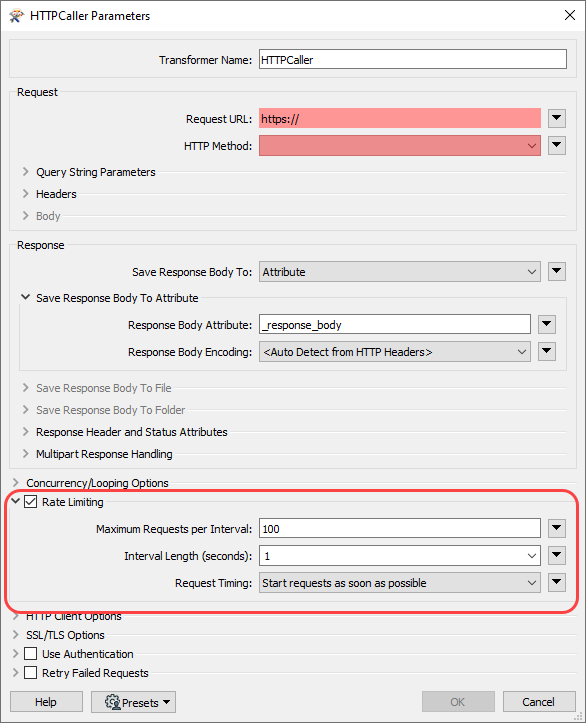No experience with the AsyncHTTPCaller but in FME 2021 the HTTPCaller can do up to 100 transfers at a time out of the box. See this Idea and the documentation. (Look for Concurrency / Looping Options.)
This parameter controls how features are processed through the transformer. The value of this parameter indicates the maximum number of transfers that will be in progress at the same time.
When the parameter is set to 1, a transfer will be fully processed before the next transfer can begin.
When the parameter is set to a value greater than 1, the transformer will not wait for each transfer to finish before starting the next one. There may be multiple transfers occurring at the same time. This can provide significant performance benefits. This value should be adjusted based on the ability of the HTTP server to handle multiple requests at the same time, taking into consideration that multiple HTTPCaller transformers may be accessing the server at the same time.
This parameter must be set to 1 if the transformer is being used inside a custom transformer which has a loop output.



















